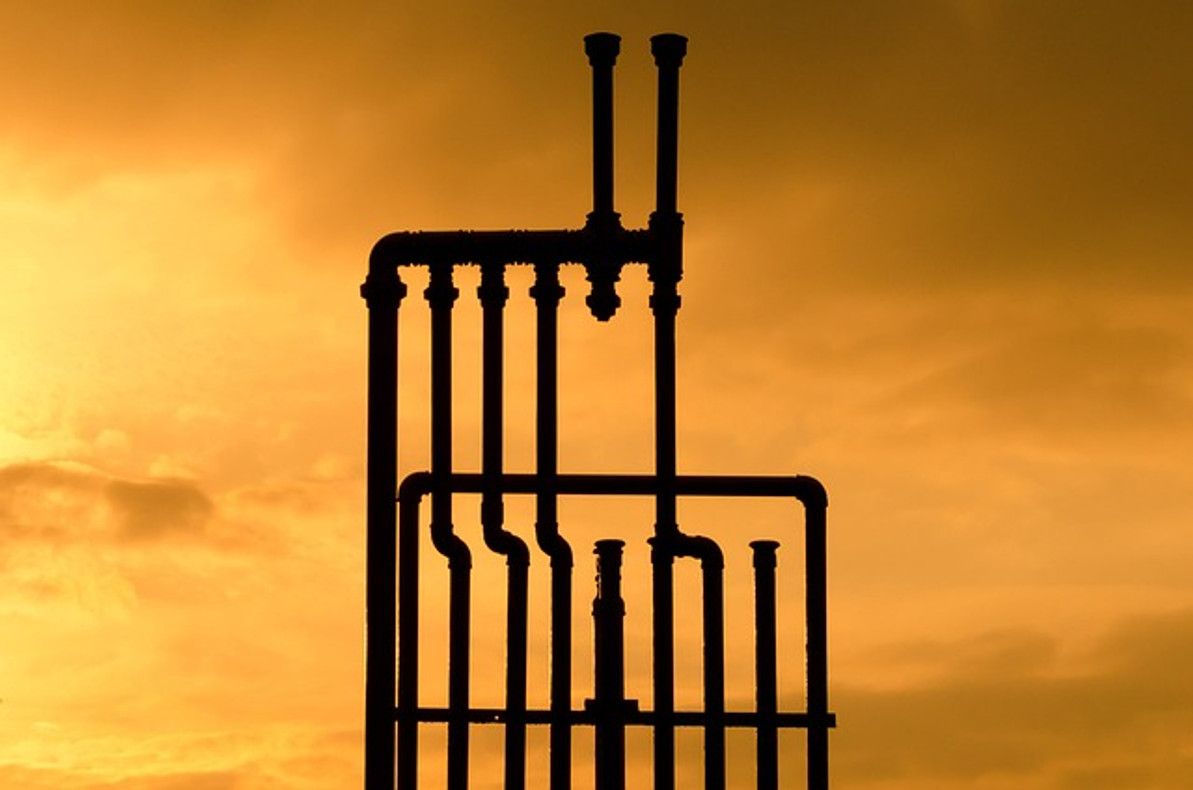ANSI Color Codes for Pipes: What You Should Know
Ever notice how some pipes feature a different color than others? It's not for aesthetics. Rather, pipes often feature a specific color depending on their application. The American National Standards Institute (ANSI), for instance, recognizes several different pipe colors, each of which is designed for a specific application.
Yellow
Yellow pipes are intended for flammable liquids and gases. Fuel-carrying pipes will typically feature a yellow color. Under the ANSI's specifications, a yellow color denotes the presence of flammable liquid or gas within the respective pipe.
Red
Some pipes feature a red color. Red pipes are designed for fire-quenching liquids. Water and foam are commonly used as fire-quenching liquids. Pipes carrying a fire-quenching liquid should feature a red color under the ANSI's specifications.
Orange
You may come across orange pipes. Orange pipes are designed for corrosive chemicals. Solvents and other corrosive liquids should be contained to orange pipes. Upon seeing an orange pipe, workers can use caution to ensure that they don't come into contact with the corrosive chemical within it.
Blue
There are also blue pipes. Blue pipes are designed for air. Pipes aren't used strictly for fluids or gases; some of them contain air. Compressed air, for example, may travel through a pipe. Pipes that are used to carry compressed or uncompressed air will typically feature a blue color. Blue indicates the presence of air.
Green
In addition to blue, there are green pipes. Green pipes are designed for water. Pipes that carry water from a given source to a particular destination will often feature a green color. Boilers and water heaters may use green pipes. The ANSI specification states that green pipes are designed for water.
Brown
Finally, there are brown pipes. Brown pipes are designed for combustible liquids and gases. If a liquid or gas is combustible, you should use a brown pipe for it.
What About the Other Colors?
The ANSI specifically lists several colors for pipes. They include yellow, red, orange, blue and green. Yellow is designed for flammable liquids and gases. Re is designed for fire-quenching liquids. Orange is designed for corrosive chemicals. Blue is designed for air. And green is designed for water. And brown is designed for combustible liquids and gases.
With that said, the ANSI allows businesses to choose their own color codes for several other colors, including purple, black, white and gray. What does this mean exactly? You can use pipes in any of these alternative colors for your own custom application.
Recent Posts
-
Fire Safety in the Workplace: What You Need to Know
What steps are you taking to prevent fires in your workplace? According to the U.S. Occupational Saf …Aug 23rd 2023 -
Is It Safe to Go Jogging With a Cold Infection?
If you're suffering from a cold infection, you might be wondering whether it's safe to go jogging. T …Aug 22nd 2023 -
5 Safety Tips to Follow When Using a Powder-Actuated Tool
Powder-actuated tools are commonly used to join materials to steel and concrete. Also known as Hilti …Aug 20th 2023




